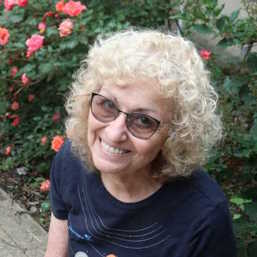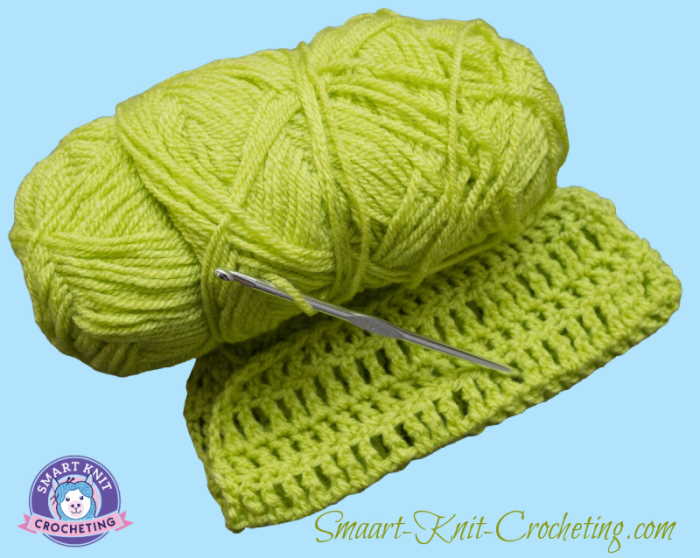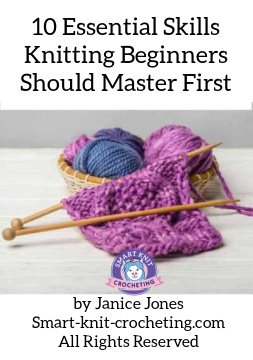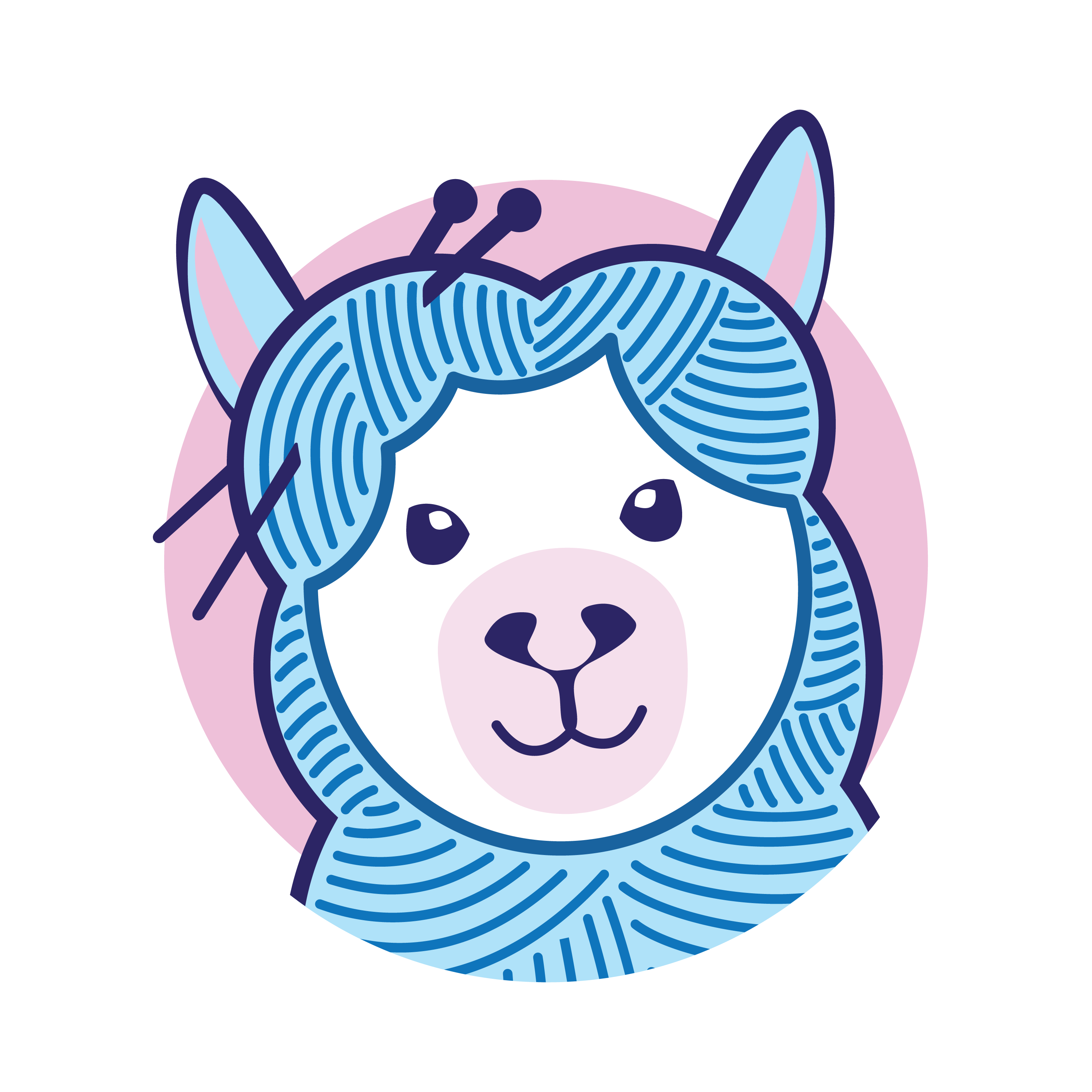- Home
- Coloring Pages to Crochet
From Coloring Pages to Crochet: Translating Designs into Yarn Art
Both coloring and crochet offer a therapeutic escape from the stresses of daily life, providing individuals with a creative outlet to express themselves and unwind.
The act of coloring allows for mindful relaxation, while crochet serves as a creative endeavor and results in tangible, often functional, art pieces.
As these hobbies have grown in popularity, a fascinating trend has emerged: the translation of coloring page designs into crochet patterns.
 From Coloring Pages to Crochet
From Coloring Pages to CrochetPhoto by Lucas Alexander on Unsplash
This innovative approach marries the meditative process of coloring with the tactile satisfaction of crochet, allowing crafters to bring their colorful visions to life through yarn.
This trend has opened up new possibilities for creativity, making it easier for individuals to experiment with designs and techniques they might not have considered before.
The Appeal of Coloring Pages
Coloring has long been recognized for its therapeutic benefits, making it a favorite activity for children and adults. Coloring can reduce stress and anxiety, enhance focus, and promote mindfulness.
It offers adults a break from screen time and an opportunity to reconnect with simple, joyful creativity.
Crochet-themed coloring pages have become particularly popular, offering a unique blend of these two beloved crafts. These coloring pages range from intricate patterns that challenge the seasoned colorist to simpler designs that are perfect for a relaxing coloring session.
They often feature crochet-related motifs such as yarn balls, hooks, and beautifully detailed crochet stitches and patterns. These designs not only provide a satisfying coloring experience but also inspire crochet projects.
Understanding Crochet Patterns
Crochet patterns form the backbone of any crochet project, guiding crafters through creating everything from simple scarves to complex afghans.
These patterns typically include instructions describing which stitches to use and how to combine them to achieve the desired design.
Basic stitches such as single crochet, double crochet, and slip stitch are the building blocks of most patterns, while more advanced techniques might involve intricate stitch combinations and charts.
Step-by-Step Guide to Translating Designs
#1 Choosing the right coloring page
When selecting a coloring page to translate into a crochet design, looking for patterns that can be easily broken down into basic shapes is essential. Designs with clear, distinct lines and repetitive patterns work best. Avoid overly intricate details that may not translate well into crochet stitches.
#2 Simplifying complex designs for crochet
Once you have chosen a coloring page, the next step is to simplify the design. Break down complex elements into more manageable parts. For instance, a detailed flower can be simplified into shapes like circles and petals.
#3 Mapping out the design
Creating a crochet chart from a coloring page involves mapping out the simplified design onto graph paper or using crochet design software.
Each square on the graph paper can represent a single crochet stitch. This visual representation helps plan stitch placement and ensures that the final crochet piece closely resembles the original design. One program I use is Stitch Fiddle, which has free and paid versions.
To illustrate, let's take a floral coloring page. Begin by identifying the main parts of the flower, such as the petals and center. Simplify these into basic shapes and draw them on graph paper.
Assign stitches to each part, such as using single crochet for the petals and double crochet for the center. Follow this chart as you crochet, adjusting the stitches to match the design.
Tools and Materials Needed
Essential crochet tools: To translate a coloring page into a crochet design, you will need the following tools:
- Crochet hooks: A variety of hook sizes will be useful, depending on the thickness of the yarn and the complexity of the design.
- Yarn: Choose yarn that is appropriate for the project. Different weights and textures can affect the final appearance of the crochet piece.
- Markers: Use stitch markers to keep track of your place in the pattern, especially when working on complex designs.
- Graph paper or design software: These tools are essential for mapping out the design before you start crocheting.
Recommended materials for beginners and advanced crocheters: For beginners, it’s advisable to start with simple, easy-to-handle materials. Medium-weight yarn (such as worsted weight) and a size H-8 (5mm) crochet hook are great starting points.
For more advanced crocheters, experimenting with different yarn textures and smaller hooks can add complexity and detail to the designs. Advanced crocheters might find crochet design software beneficial for creating intricate patterns.
Tips for Successful Crochet Projects
Choosing the right yarn and hook size for your design
The success of translating a coloring page design into a crochet project heavily depends on selecting the appropriate yarn and hook size.
Finer details in your design will require thinner yarn and smaller hooks, while larger, more simplistic designs can be executed with thicker yarn and larger hooks. It's important to consider the drape and texture of the finished piece when making your selections.
Practicing with small swatches before starting the main project
Before diving into the main project, it's beneficial to practice with small swatches. This allows you to test out your stitch patterns and gauge, ensuring that the final piece will turn out as expected.
Swatching helps in identifying any adjustments that need to be made to the pattern or stitch count.
Troubleshooting Common Issues in Translating Coloring Pages to Crochet
Common issues that arise when translating designs include misalignment of stitches, uneven tension, and distortion of the design.
To troubleshoot these issues, regularly compare your crochet piece to the original design, adjust your tension, and make sure you’re following the pattern accurately. Don’t hesitate to unravel sections that don’t look right and re-crochet them.
Showcasing Your Work
Once you’ve completed your crochet project, there are numerous creative ways to showcase your work.
Crochet pieces inspired by coloring pages can be used as decorative items such as wall art, coasters, or blankets. These pieces not only add a personal touch to your home but also serve as unique conversation starters.
Sharing your crochet creations online can be incredibly rewarding. Platforms like Instagram, Pinterest, and dedicated crochet forums allow you to display your work, gain feedback, and connect with other crochet enthusiasts.
Joining crochet communities inspires future projects and fosters a sense of belonging among like-minded crafters.
From Coloring Pages to Crochet: Translating Designs into Yarn Art: Endnote
Combining the meditative art of coloring with the tactile craft of crochet offers numerous benefits, including stress relief, enhanced creativity, and the satisfaction of creating unique, personalized items.
This blend of hobbies fosters mindfulness and provides a sense of accomplishment as you see your designs come to life. Try it! Enjoy it!
Happy Crocheting, Smart Crocheters!











